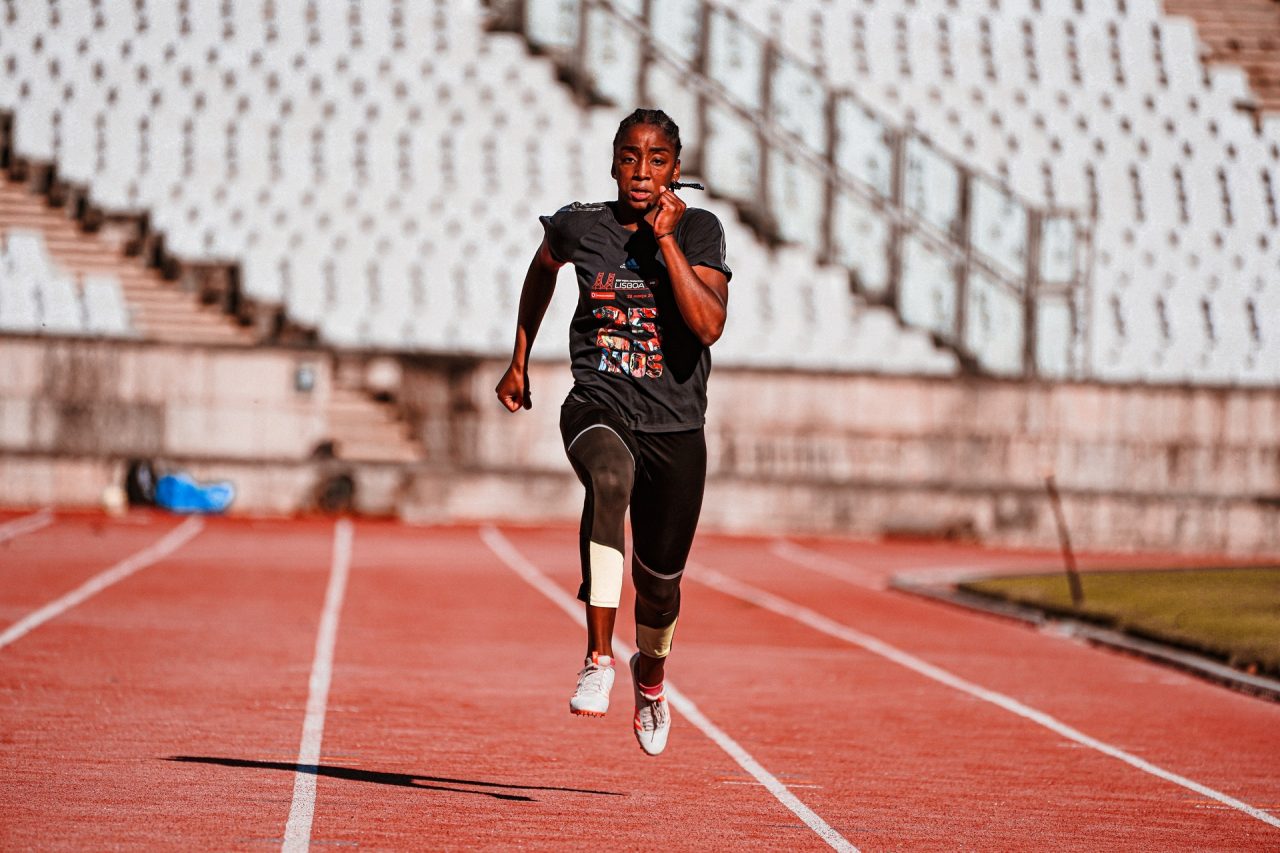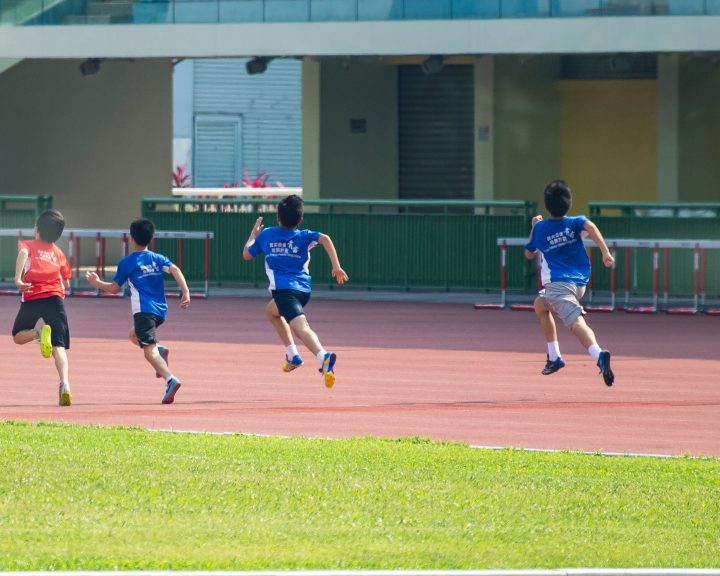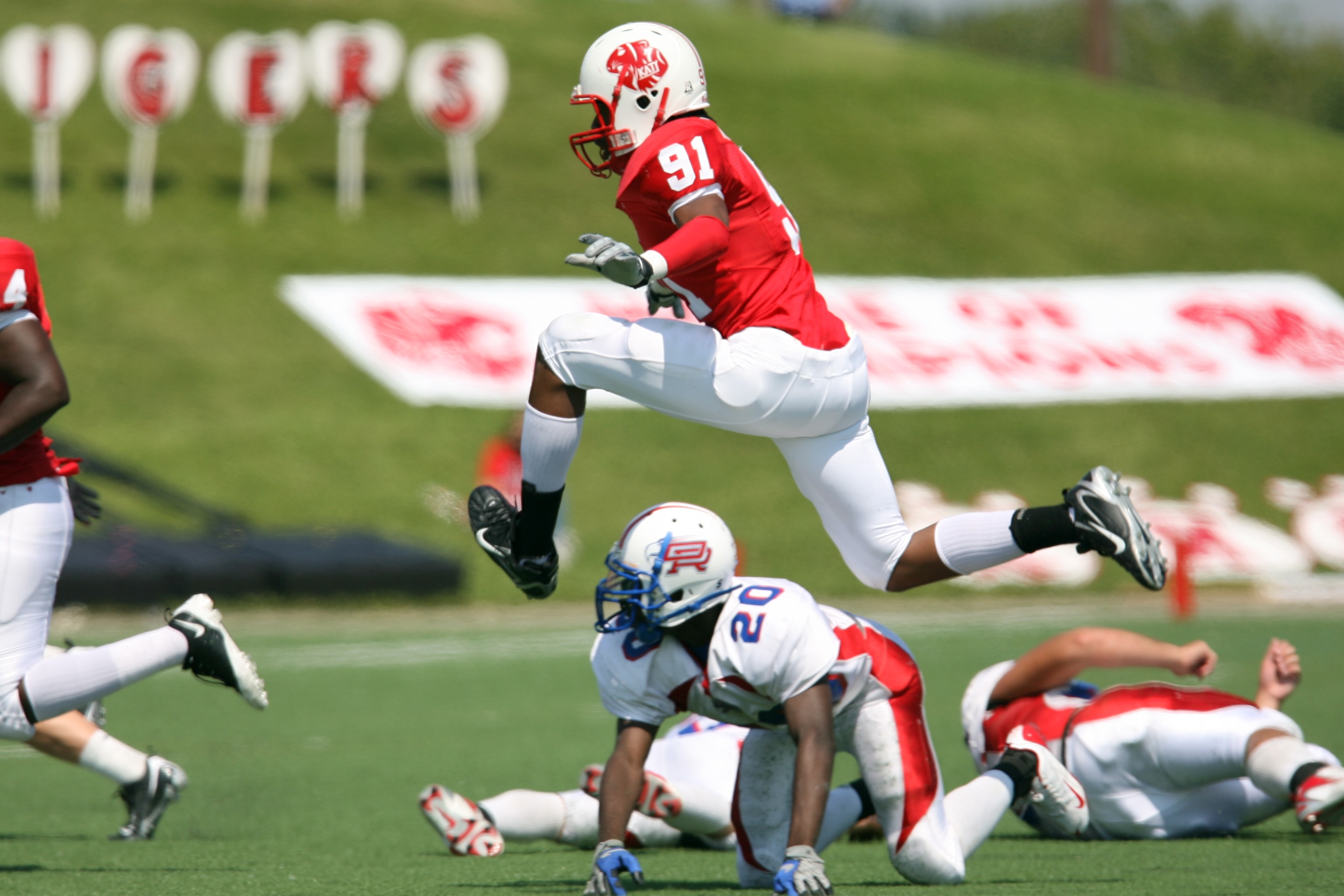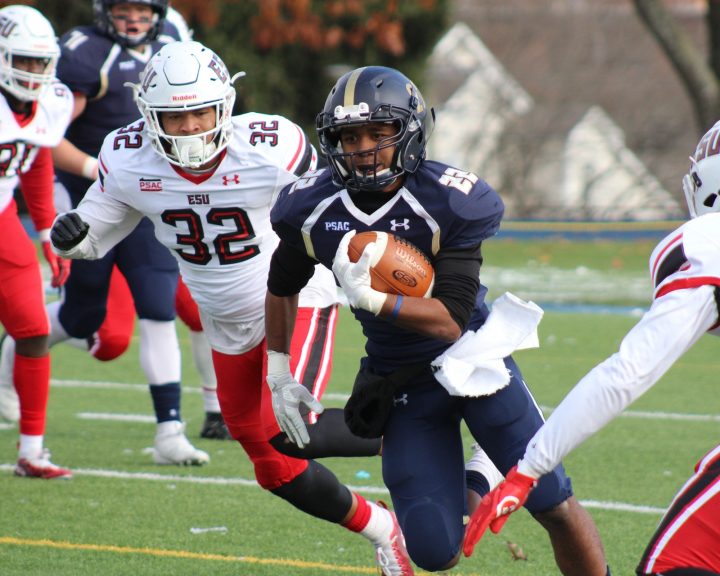In a previous post we talked about the fact that sprinting starts with the feet. While that is true, a sprinting athlete has to do something with their feet beyond just have them on the ground. What the athletes does with their feet can have a huge impact on their speed.
When sprinting, the ball of the athlete’s foot makes contact with the ground, with the big toe lifted up. As we covered in the previous post this is called “casting” the foot. The athlete then pulls themselves over the foot until the ankle goes into plantarflexion and breaks contact with the ground.
The next step is hugely important for running fast. When the foot breaks contact with the ground, it is cast again. As it is cast, the foot is lifted up towards the athlete’s hip. This is called “heel to hip” with sprinting coaches.
Why is this important? It shortens the leg so that the leg can be swung forward more quickly. If this can happen the athlete can potentially run faster.
Before getting into drills to train this, it’s important to see if the athlete is doing it when sprinting. If they are doing this naturally then there’s no need to spend any time on it. However, if this is something they don’t do then it has to be addressed.
The first way to address this is to have the athlete standing up and facing away from a fence or a wall. Have them lift their foot towards their hip, keeping the foot cast, while trying to slide it up along the wall or fence.
Now, this is a good drill to introduce the concept, but it’s also stationary and a lot of things are occurring when an athlete is actually sprinting. Once the athlete has this motor pattern down, have them do it as part of a walk for 10-20 meters. First one side of the body, then the other, then alternate. Once the athlete can perform this consistently at a walk, it can become a skip and eventually a run.




